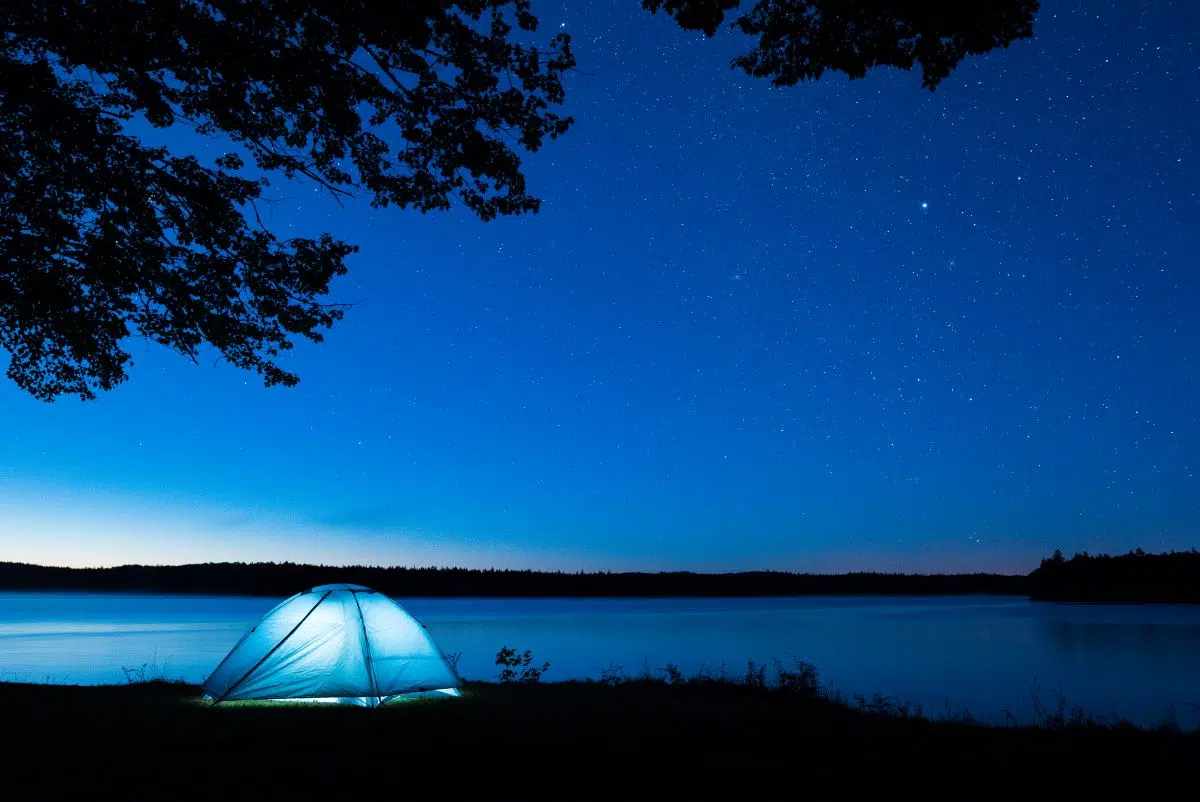The Department of Natural Resources and Renewables (DNR) released this year’s statistics on provincial park usage which show and they show more people are camping than ever before.
In 2022, parks hosted 99,304 paid overnight stays, an increase of nine per cent from 2021. About 1.5 million people visited camping and day-use parks, up by about 200,000 from last year.
63 per cent of this year’s camping park visitors were from Nova Scotia, 27 per cent came from other parts of Canada, and 10 per cent from other countries.
“Nova Scotia has a world-class provincial parks system that continues to be discovered by our residents and visitors from around the globe. It’s wonderful to see yet another record-breaking year for our parks and that numbers were up despite park closures and cancelled reservations due to hurricane Fiona.”
Natural Resources and Renewables Minister Tory Rushton
Throughout the summer DNR made improvements to a handful of parks including;
- an all-gender, accessible washroom opened at Dollar Lake
- an accessible beach mat was added to Ellenwood Lake
- lifeguard storage buildings were completed at Lawrencetown Beach and Clam Harbour Beach
- water system and accessibility upgrades were made at several parks.
Also this year, three more areas were approved to become provincial parks: Owls Head, Dunns Beach and Monks Head are currently in the formal designation process.
The summer camping season ended on October 10, meaning all provincial parks have now phased into their winter operations. Most parks gates will now be closed but people are still free to use them throughout the winter, provided they follow all park rules.
While most parks fared relatively well with Hurricane Fiona eight parks have been forced to shutdown until cleanup can be completed.
The parks currently closed to all visitors include; Mira River, Amherst Shore, Caribou-Munroes Island, Five Islands, Arisaig, Rushtons Beach, Melmerby Beach and Salt Springs.
Campsite bookings for the 2023 season are expected to open for booking in early April.










